
This blog post will teach you everything you need to know to hard-wire 120V AC outlets and appliances into your camper van.
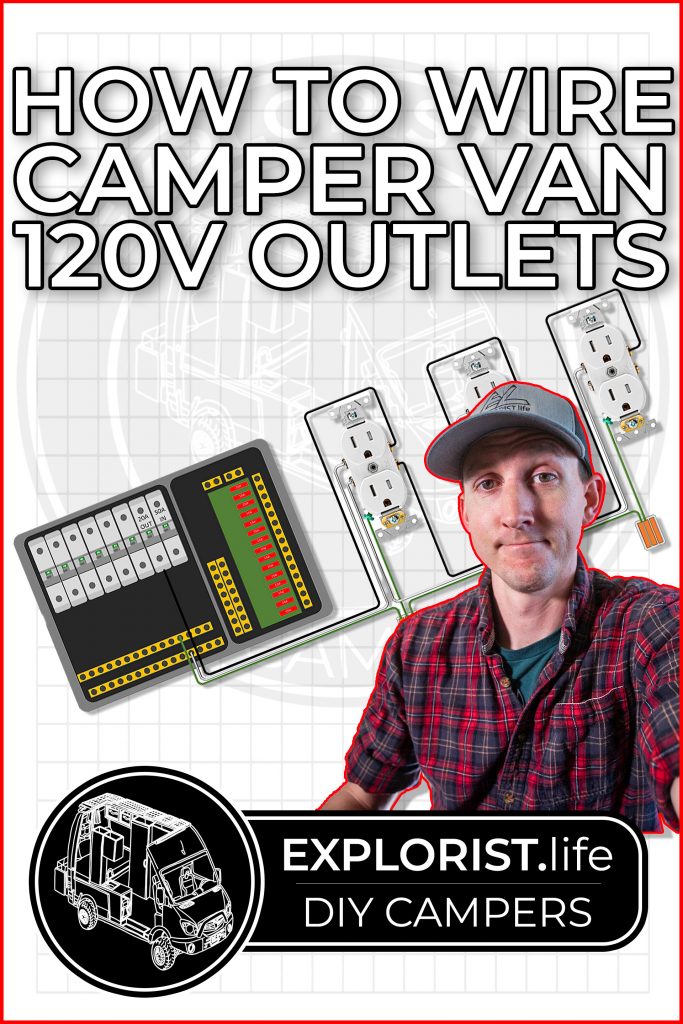
What is an AC Outlet?
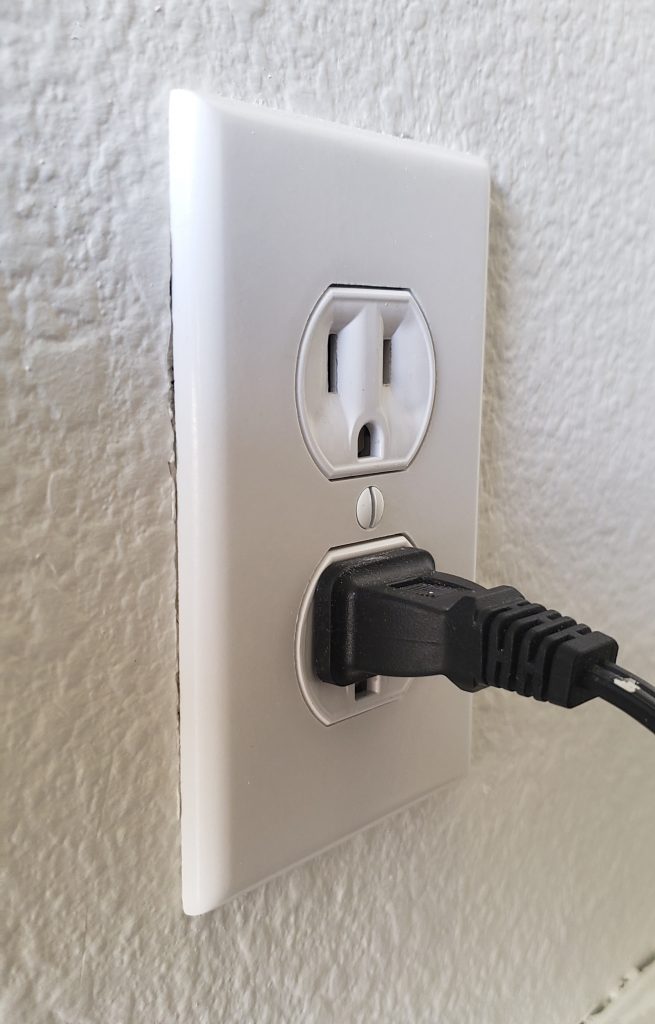
An AC (Alternating Current) outlet is the standard household outlet that you will find around nearly every house in the world. It supplies power to your various household appliances and gets it’s power from a breaker box. The breaker box in a camper gets its power from the Inverter by means of either the batteries or shore power.
What is the Difference Between a 110V and 120V AC Circuits?
The terms 120V and 110V in regards to an AC outlet are pretty much the same and can, for our purposes be used interchangeably. In houses, power is delivered to the house at 120V plus/minus about 5% depending on transmission losses in the wires on the power poles. By the time the power actually ends up at the plug, it could be as low as 110 volts depending on the aforementioned losses as well as various voltage drop. But… for our purposes… the terms 110V and 120V can be used interchangeably and understanding the difference is not that important.
How to Wire a 120V Outlet
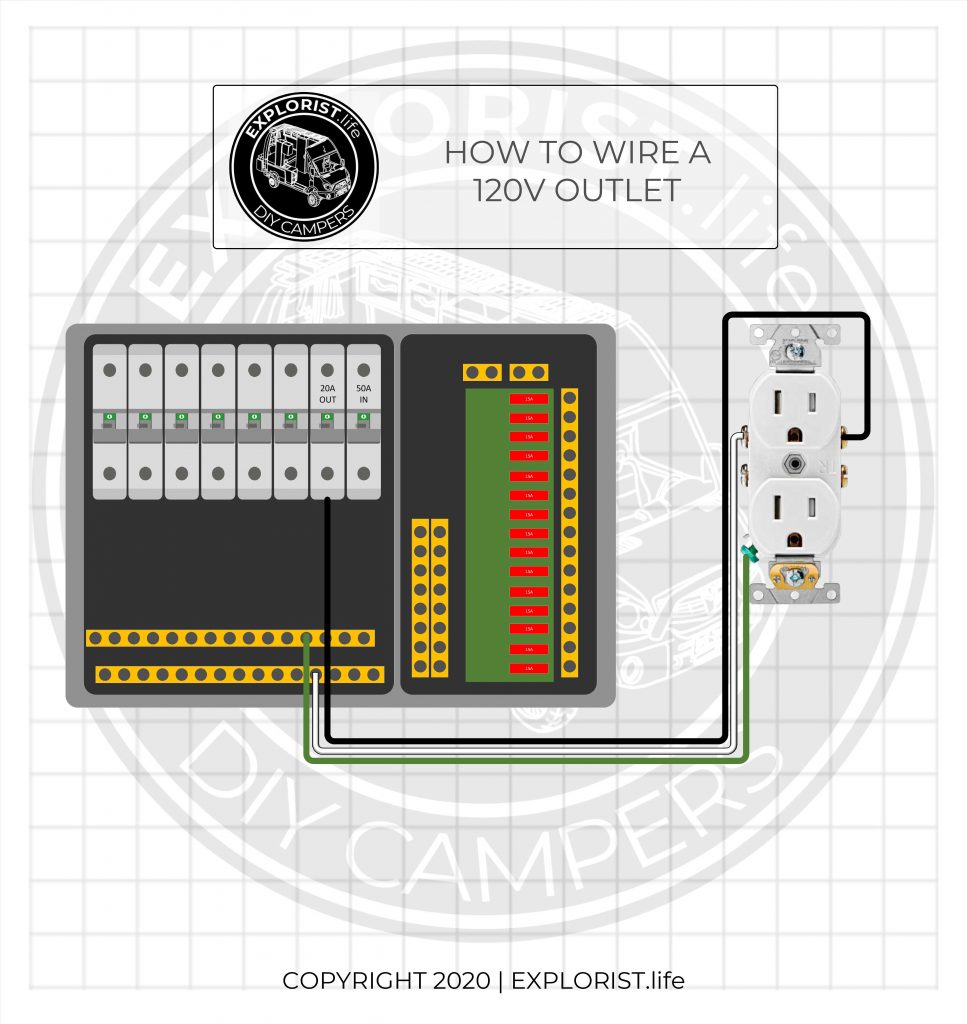
When looking at the front of the outlet, there are two screws on the right and 3 screws on the left.
- The 2 gold screws on the right are for the ‘hot’ wires (black).
- The 2 silver screws on the left are for the ‘neutral’ wires (white).
- The 1 green screw on the left is for the ‘ground’ wires (green or bare copper).
How to Wire Multiple 120V Outlets on the Same Circuit
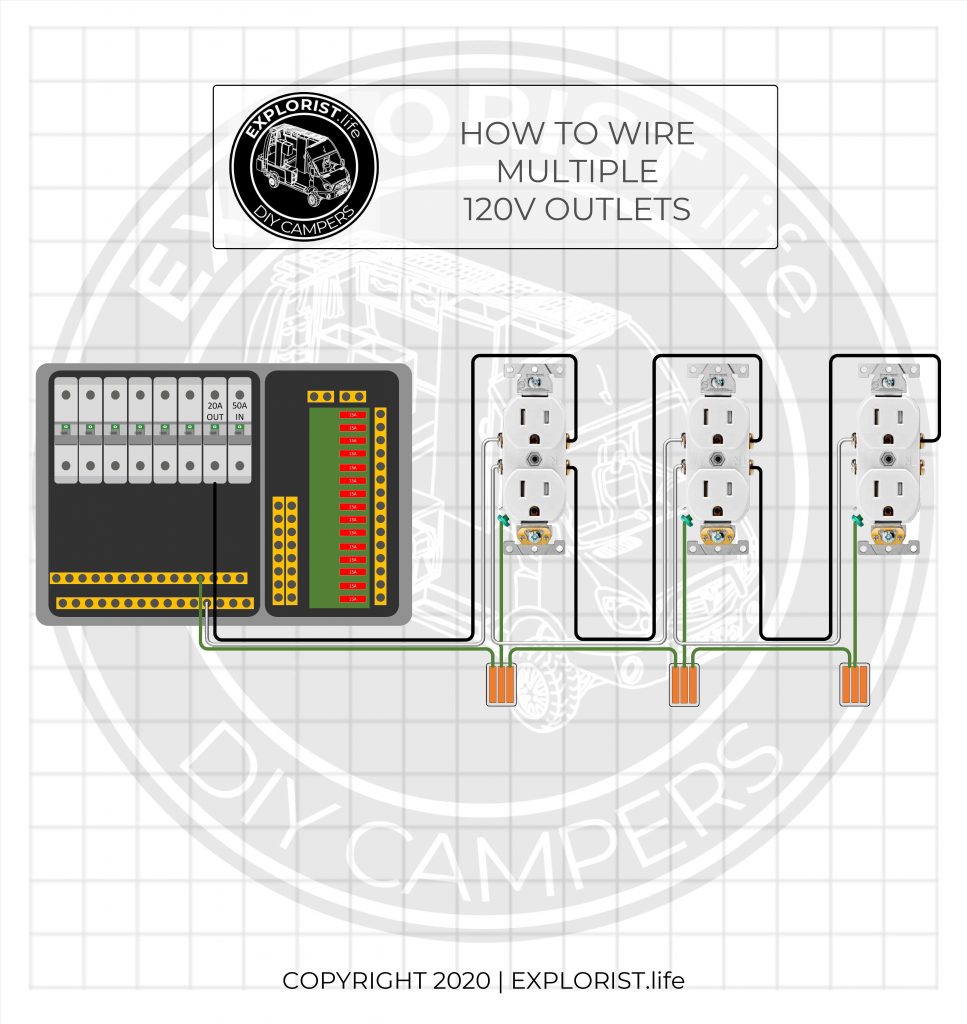
Wiring multiple 120V outlets on the same circuit is as simple as wiring the outlets in parallel.
- Connect incoming ‘hot’ wire (black) to one of the ‘hot’ screws (gold screw on the right).
- Connect outgoing ‘hot’ wire (black) to the other ‘hot’ screw (gold screw on the right).
- Connect incoming ‘neutral’ wire (white) to one of the ‘neutral’ screws (silver screw on the left).
- Connect outgoing ‘neutral’ wire (white) to the other ‘neutral’ screw (silver screw on the left).
- Connect the incoming, outgoing, and short jumper of ground wire with a lever nut (https://amzn.to/3idGMnv) and connect the jumper wire to the ground screw (green) on the bottom left.
- *optional* Since stranded wire is recommended on mobile applications, ring or spade terminals to connect wires to screws are permitted.
How Many 120V Outlets can be on the Same Circuit?
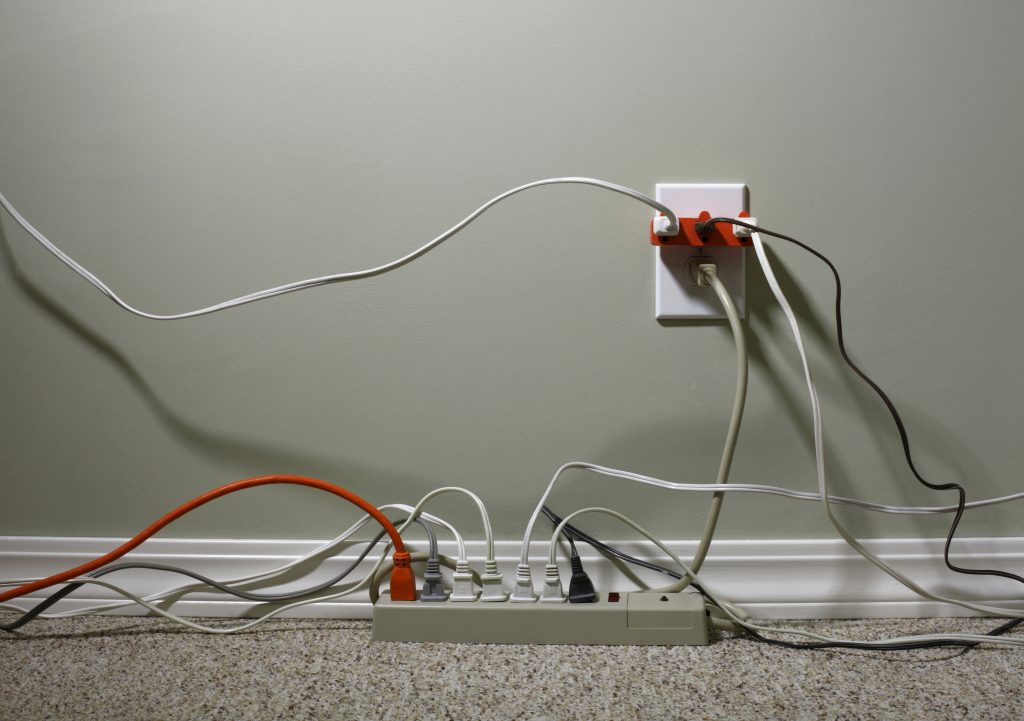
There can be as many outlets as you like on a single circuit. The number of outlets does not matter. What matters is the total wattage of devices plugged into ALL of the outlets on the circuit.
Think of this like your house. In your bedroom, all of your outlets are very likely on one circuit. If you plug your phone into one, your TV into one, an air purifier into one, and a computer into another, everything is likely going to work just fine. BUT… if you plugged a space heater into two seperate outlets and turned them both on high; it will very likely trip the breaker in your breaker box. This is because you overloaded the circuit. This is, for the most part, the EXACT same concept in a camper van.
How Many 120V Circuits Can Be Installed In a DIY Camper Van
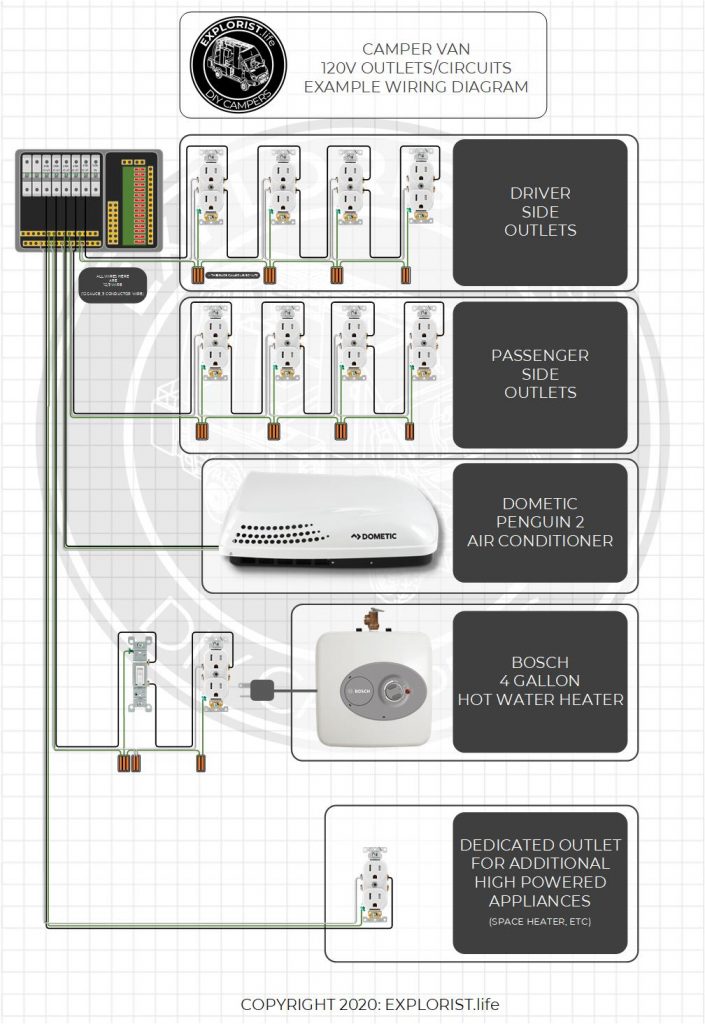
CLICK HERE TO PURCHASE THE HIGH RESOLUTION PDF VERSION OF THIS DIAGRAM
There can be as many 120V circuits in your camper as your breaker box allows. If you are using the breaker box that is in the wiring diagrams here on EXPLORIST.life, you can have up to 6 individual branch circuits. Typically, I’ll see individual branch circuits planned like this (just as an example):
- Driver side outlets
- Passenger side outlets
- Air conditioner
- Hot water heater
- Individual outlet with high wattage demand (coffee maker, space heater, vitamix, etc)
What Size of Wire is Needed for 120v outlets?
Unlike with 12V DC wiring runs, voltage drop is less of an issue and circuit amperage is limited to a max of 20A for the most part; so a full-on wire sizing calculator is generally not necessary.If a wire size is recommended by the manufacturer of a particular item (common for hot water heaters and air conditioners) use the manufacturer recommended wire and breaker size. Otherwise: use 12 gauge wire (12/3 Wire: ) protected by a 20A breaker.
WHAT Type OF WIRE IS NEEDED FOR 120V OUTLETS In a Camper?
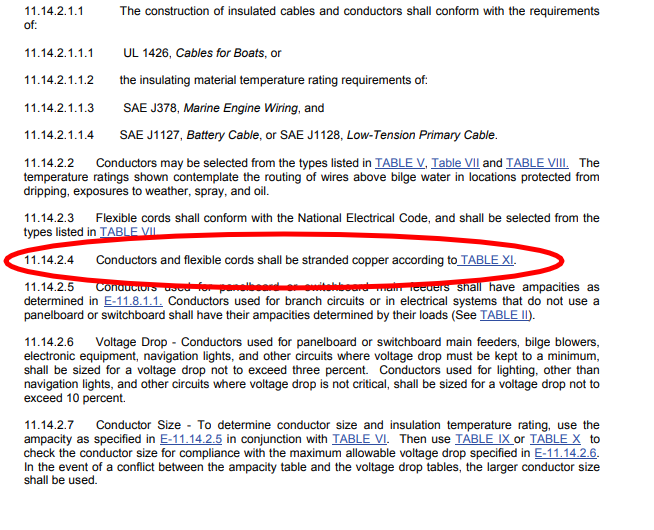
ALL wire in a camper must be stranded wire. This includes circuits for 120V outlets. Wires in a camper must be stranded wire (Like this: https://amzn.to/3im3aer) because solid core wire (like the Romex used in the walls of your house) will, when subjected to the vibrations of rattling down the road, will work harden and break over time. For this reason, solid core wire like Romex is EXPLICITLY forbidden in marine applications (boats) by ABYC E-11.
How to Wire 120V Outlets to the Camper Van Breaker Box
The 120V outlets in your camper van need to get their power from a breaker box. Here is how to wire the 120V circuits to the camper breaker box:
- Connect the ‘Hot’ (Black) wire to the breaker
- Connect the ‘Neutral’ (White) wire to the Neutral Busbar
- Connect the ‘Ground’ (Green) wire to the Ground Busbar.
This concept is covered in much greater depth in the following blog post and video: https://www.explorist.life/how-to-wire-a-power-distribution-panel/
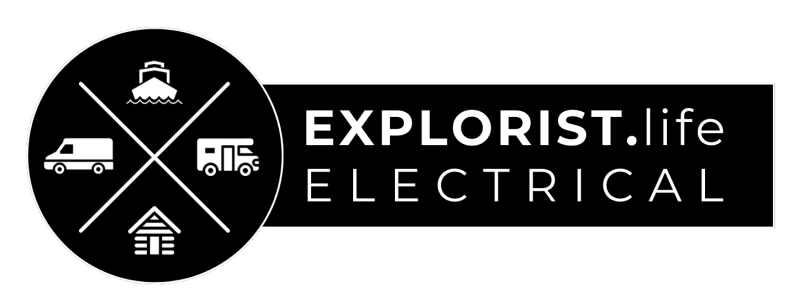
44 Responses
Hi Nate – Great blog, thanks. Any thoughts on GFCI receptacles on a van build?
I think they are a great idea in wet areas.
Hi Nate!
Great videos and all. I screwed up badly and used 2 wires to the 120v outlet system and just grounded each outlet to the metal frame independently and not to the distribution panel busbar connected to the Victron Inverter/Charger.
Is this a major problem?
Thanks,
Eric
That is indeed a major problem. I recommend re-wire with 3-conductor wire.
Hi Nate!
I bought your distribution panel, expecting it to look exactly like this but I think either the video misses a step or I am missing a piece for my panel. I don’t have the green board on the right for 12v in mine, nor the vertical small bolts and the top for 110 looks different too. What am I missing? This video seems to start with some parts already wired, which, as a newbie, I’m finding a bit confusing.
Thank you!
The separate AC and DC panels are the updated versions. The company making the combo unit could not keep it in stock, so we had to find an alternative. The wiring process is nearly identical, except for that it’s just two boxes. Check this video for a tutorial: https://youtu.be/01F4QDVJUq0
Hi, your wiring kit for the distribution box for ac is 6/3 but here you say to use 12/3. I bought 10/3 to hotwire my inverter. Is that incorrect? Is there a reason you say 12/3 but you’re wiring kit is 6/3?
Thank you both for these wonderful tuts and for further clarification!
It’s 6/3 coming in from the Victron Multiplus inverter/charger and then 12/3 going out to all of the branch circuits.
Hi! I just had a question about the individual outlet for high wattage demand. We’re planning on having one in our kitchen for appliances. Does that need to have a larger breaker or wire gauge? Or can it be set up the same as the other 120 V outlets? Thanks!
12/3 wire with a 20A breaker is perfect for that.
Hi Nate I really love your videos
I am just buying items for van build
Van comes next year. So starting to buy victron electrical components mainly because of good quality
The way you put together the system was great but I wonder at the moment if we could not afford lithium batteries
Would the set up work using ex AGM batteries
Regards
Tina
Yes, all of my diagrams will work with AGM batteries.
Hello – thank you for all of your super helpful information! I’m currently building out my ram promaster into a camper van. I have almost everything complete and about to start hooking up wires. However, I’m wanting to double check everything before I go through it all.
Do you ever offer services where I could pay you to review my layout of electrical?
Thanks!
Yep! More info on that: https://community.explorist.life
I have a Renogy 2000W Inverter/charger. In the setup, they suggested hardwiring a surge protector. Is it possible to hardwire an outlet and plug it into the power strip?
Perhaps they’re talking about having a surge protector on the shore power side of things? Like this: https://amzn.to/3gCiCVt
When it comes time to wire the outlet would you use a crimp connector, wrap it around the respective screw, or purchase a specific outlet that accepts stranded wire?
You can use ring or fork terminals for that connection: https://amzn.to/3zA2wTC
I’m building a minivan setup. I was wondering if I can use constitution cords for 110 in the build. Its 10 AWG stranded Thanks always great info
Nope. Extension cords are not rated for in-wall permanent installation. Look for the ‘triplex’ wire in this buying guide for the proper wire type: https://www.explorist.life/wire-sizing-calculator/
Hi Nate,
When wiring in the van sink area (or other areas “close to water” – what’s not “close” in a van?!), do I use a GFI outlet still? I know how to do it in a house and have it protect other circuits and assume it would be same in a van if one was required.
Thanks!
Correct. Use a GFCI outlet in ‘wet’ areas and it would also protect the outlets downstream of it.
Hi Nate! I love how in-depth you go with your articles and how-to videos. You may think I’m a little crazy, but I am doing a complete camper conversion for my 2012 jeep patriot. I have prior maritime electrician knowledge, but I’ve never set up an off-grid solar power set up before. Do you do consultations? One more thing, since I couldn’t find anything online for what I am attempting to do, I was hoping that you might want to do a collab – and help my audience base as well.
Love the content!
Jared
Super cool project! That’s not crazy at all. 🙂 I do indeed offer consultations. Info here: https://www.explorist.life/consulting
I’m always open to hearing pitches for collaborations; send me an email with your pitch to Nate@explorist.life
Can I use y consulting services to set up my electrical system.
80% Will run out off 12v & Ithe other 20% using to 220v (EU system)
600w solar panels
200amp lithium batteries
I was told I couldn’t do 300amp with 600w
Are y able to help me w that?
You can definitely do 600w of solar with a 200 or 300 amp hour battery bank. Here is a diagram for that: https://www.explorist.life/2000w-inverter-200-400ah-lithium-200-to-700w-solar-camper-wiring-diagram/
Hi Nate,
Thank you so much for sharing your wealth of information! I’m building out a Sprinter van using your diagrams and instructions for a 3000W inverter, 1000W solar, and 6 100Ah lithium batteries combination,50A AC/DC distribution panel,etc. Can I use 120V 20A outlets (with 30A fuses) in the van for the cooktop and oven? Or am I limited to 15A outlets (with 20A fuses) for some reason?
Thanks!
Multiple 15A Outlets on the same circuit Protected by a 15A Breaker fed by 14 gauge wire
Multiple 15A Outlets on the same circuit Protected by a 20A Breaker fed by 12 gauge wire
Dedicated 20A Outlet on it’s own circuit protected by a 20A Breaker fed by 12 gauge wire.
Those are the three options available for sub-20A loads.
Good after noon Nate,
First off, I want to thank you for your website, I used all your wiring diagrams for my cargo trailer build and utilized a lot of your info to successfully complete my electrical, it was a huge help and you’re insanely smart. So thanks! I used mostly Renogy equipment as it was readily available. That being said, I have 3-100ah AGM gel deep cycle batteries, 3000watt inverter/charger, 400 watts in solar, with a 40 amp mppt charge controller.
So, again. Thank you a ton!
But the question is, and I can’t seem to find a solid answer anywhere. Is should I out of your recommendation, disconnect my positive going into the charge controller when not in use for extended periods (weeks to months). The reason I ask you, is Renogy says yes, other things say no, if it’s a gel then leg it trickle, if it’s lithium, turn them off. As you know, when it goes into float, it’s essentially a trickle charger, should I just let it do it’s thing and limit it to 12.8v or so?
Here’s some build pics. Bed is done now, just gotta frame it up.
Thank you so much, I owe you some beers if I ever meet you.
For AGM, I would recommend just letting them continue to charge via solar when in storage. Like you said, it’s essentially a trickle charge at that point.
What would you set your float at? Voltage wise? Thank you for the reaponse?
Hi Nate, great information here. I am trying to avoid propane in my van build. Can I use a 240 Volt tankless water heater with a 3000 watt inverter? Can 240 volt appliances be used in a van? If not, can you recommend a high quality tankless water heater at 120 Volts? Thanks.
You won’t be able to use 240v appliances with a single inverter. You’d actually need TWO inverters for that; which definitely increases the complexity of the system. BUT… Here is a good 120v hot water heater that would work with your 3000w Inverter: https://amzn.to/2FDaMLt
What about the 7 gal Bosch tank? If it is hardwired, doesn’t that make it DC where it avoids the inverter? Wouldn’t that make it more energy efficient, plus I could use a smaller cold water tank? I’m just at the planning stage. I can’t find anyone using it in DIY vans, so there must be a reason that I don’t understand yet. Thanks!
The 7 gallon unit is AC as well. It just pulls more power (if I remember correctly) so it would have to be hard wired into the AC breaker box as opposed to on a plug.
Thanks so much for all the info on here. Curious (and perhaps this is covered in another post I haven’t seen yet), does the high powered outlet need to be connected to the three high power screws on the inverter ? (As opposed to through the breaker? And/or is the distribution box supposed to be connected to those somehow?
Thanks!
Nope. All branch circuits MUST originate from the breaker box. See the diagram under the heading “HOW MANY 120V CIRCUITS CAN BE INSTALLED IN A DIY CAMPER VAN” for an example.
Hi Nate,
Thanks for the great info..
I like your breaker box a lot but can’t seem to find the same one when I when I hit the links.
Any suggestions as to the source? Hopefully it wasn’t right in front of my face!
Thanks ,
Rick
Sure! Give this a shot: https://amzn.to/3mtjRao
Hi Nate
Hope you are well.
Total beginner here. I purchased the diagram for the 3000 watt inverter – 400 battery – 400 watt solar. I purchased all of the parts you recommended. However, before I purchase 6awg blk/red cable, i have some 4awg blk/red cable which is bigger. Is it OK to substitute that on each place you have 6awg blk/red listed? Are there some placed where that is not recommended?
Also, is it OK to have only 3 battle born battery bank instead of 4 until I can save to purchase the last one?
Scared to death about all of this because I have NEVER wired anything in my life – but your diagrams are great and you only live once, right?
Sincerely
Laura
Generally substituting 6 AWG for 4 AWG won’t work because the wire will be too big to fit into the terminal of the device; but feel free to check the user manual of each device you are trying to alter the diagram for to see what is the max wire size the manufacturer recommends.
Having 3 batteries is fine. 🙂
Hi Nate,
Great info here, thanks for this! I was wanting your opinion of using 12/3 extension cords for the wire used on the outlets? Seems like it would be fine but wanted to get your input.
Thank you!
Although they aren’t specifically designed for that purpose, I cannot find anything that says they are forbidden. (How’s that for a legal disclaimer of “It should be fine”? lol )
A 12/3 cord will carry 20 amps without issue but insulation on a typical extension cords is not rated to be hidden behind walls and it does not stand up well to UV, chemicals and moisture.
Go to your local home center and pick up some 12/3 SOOW cord. It can be purchased by the foot. It is service rated, oil resistant (outer and inner jackets), weather resistant.